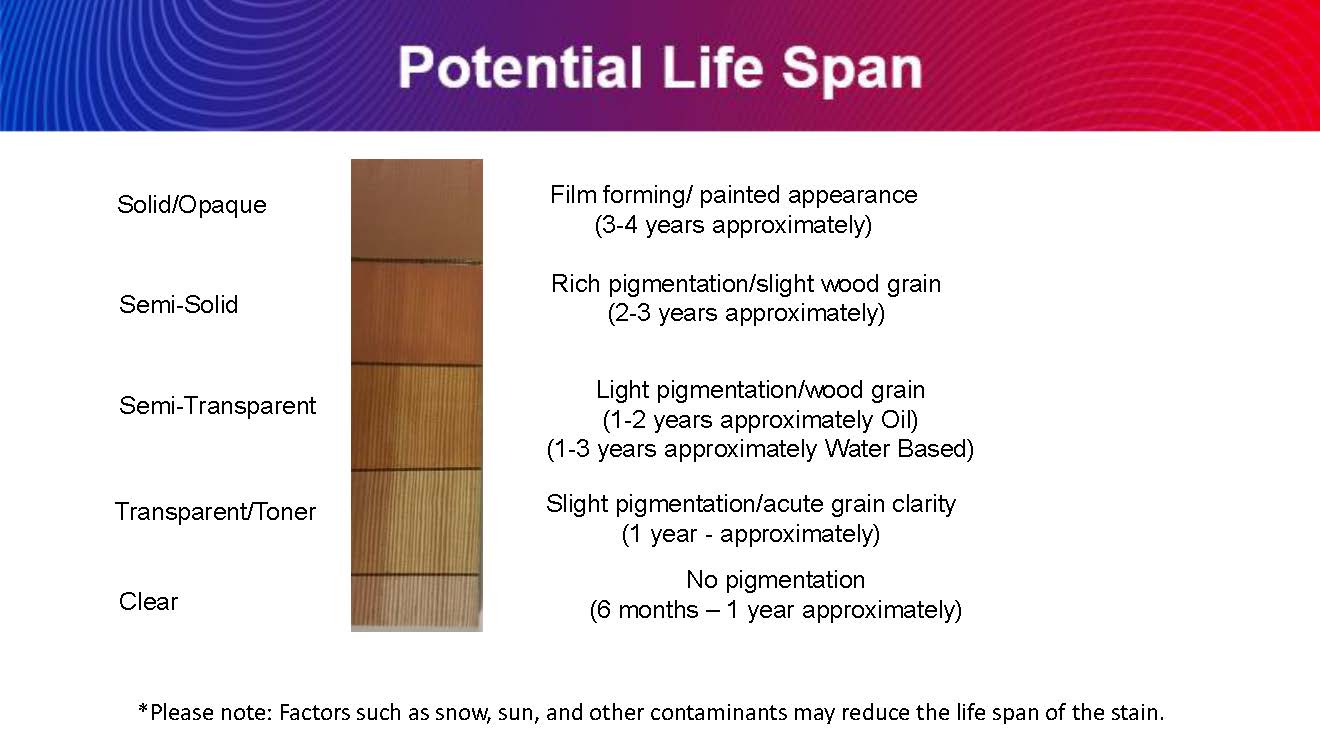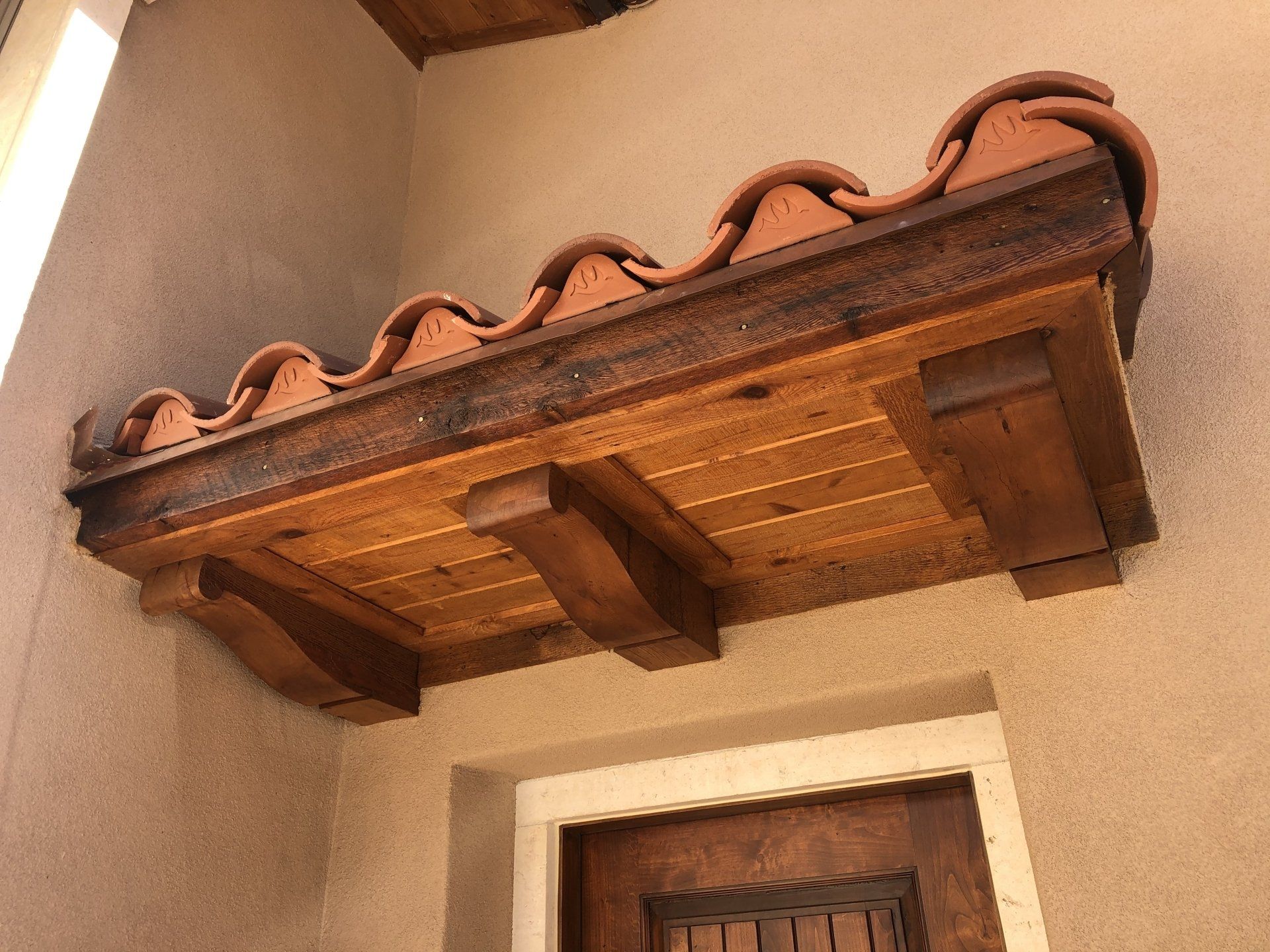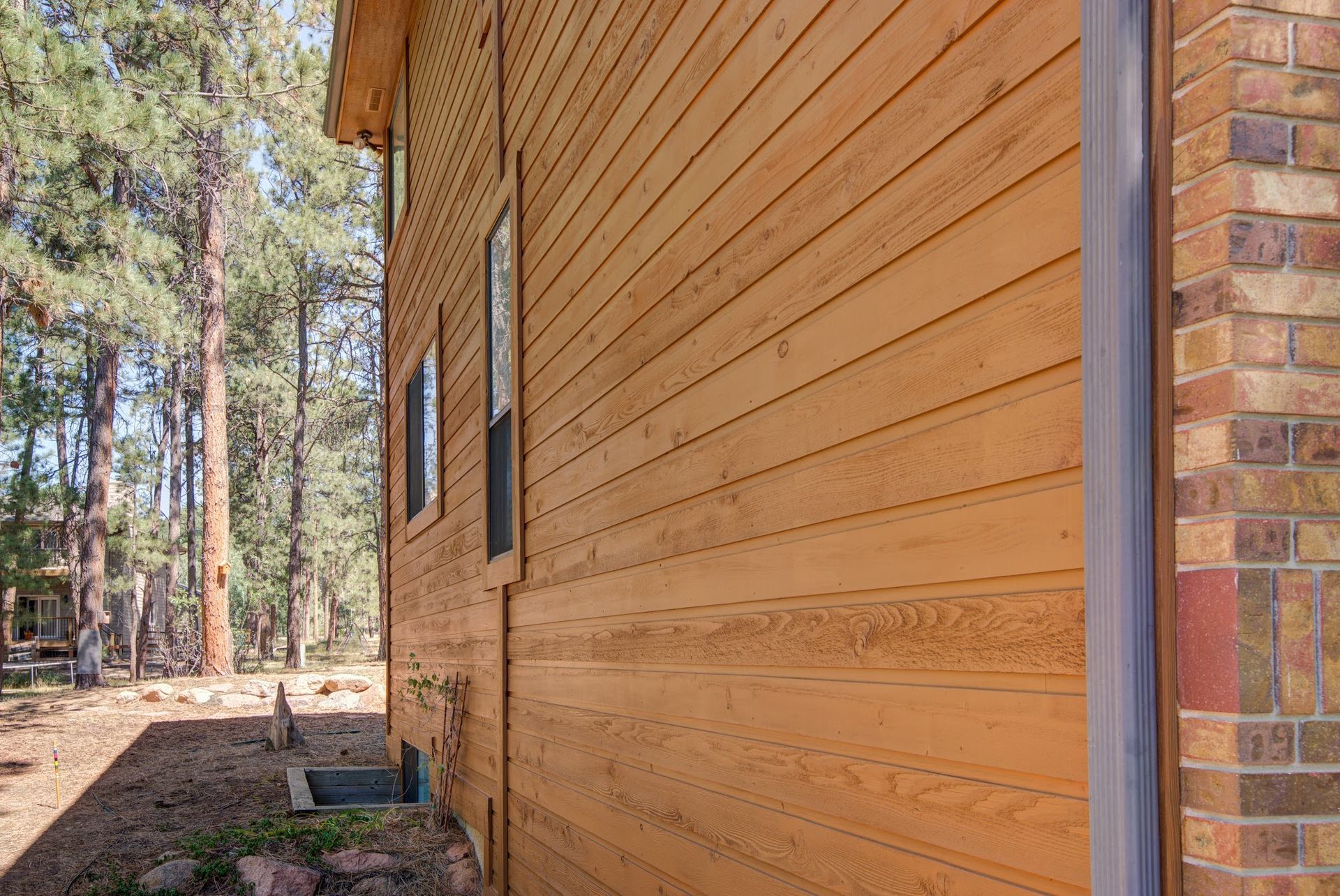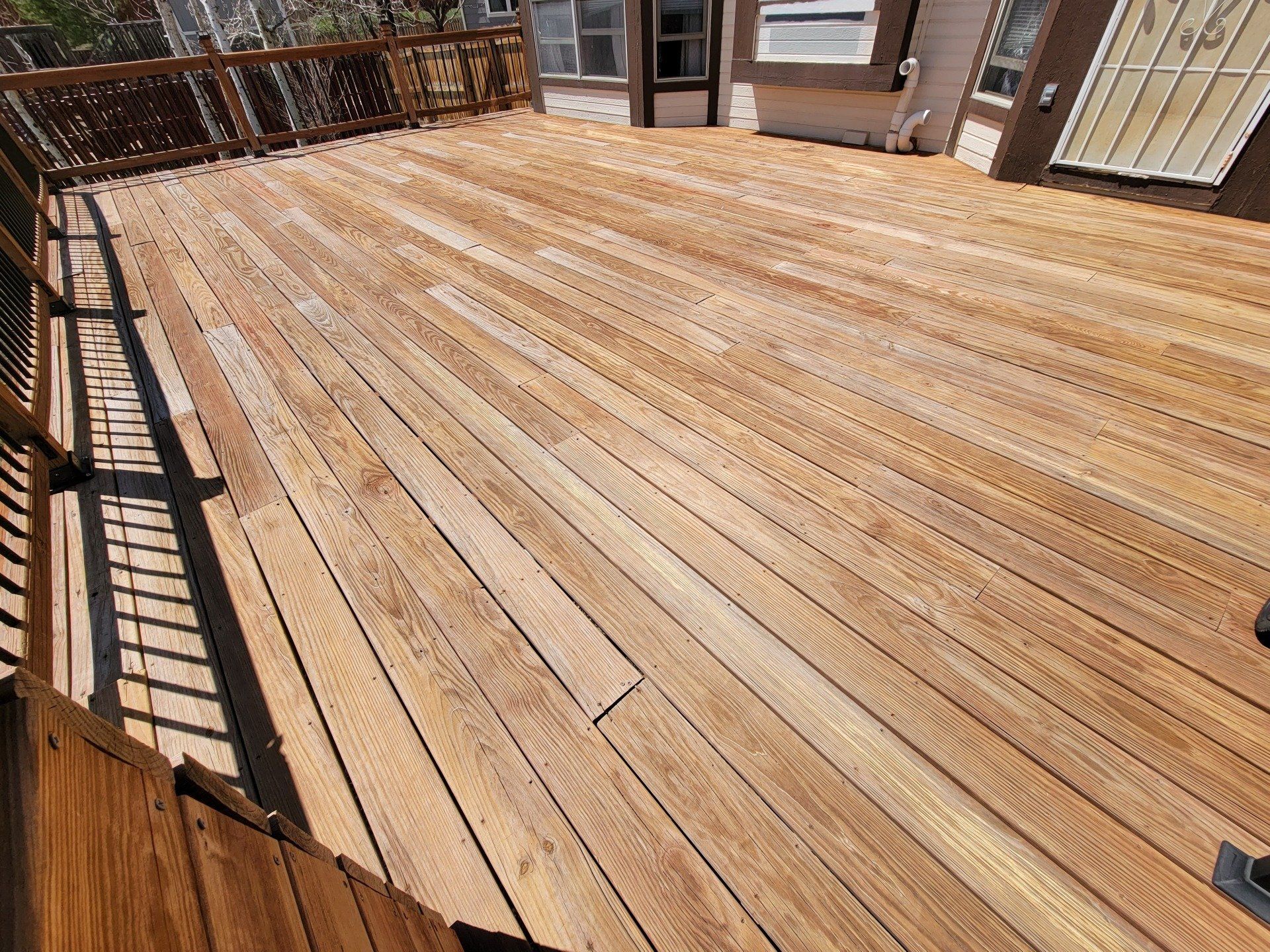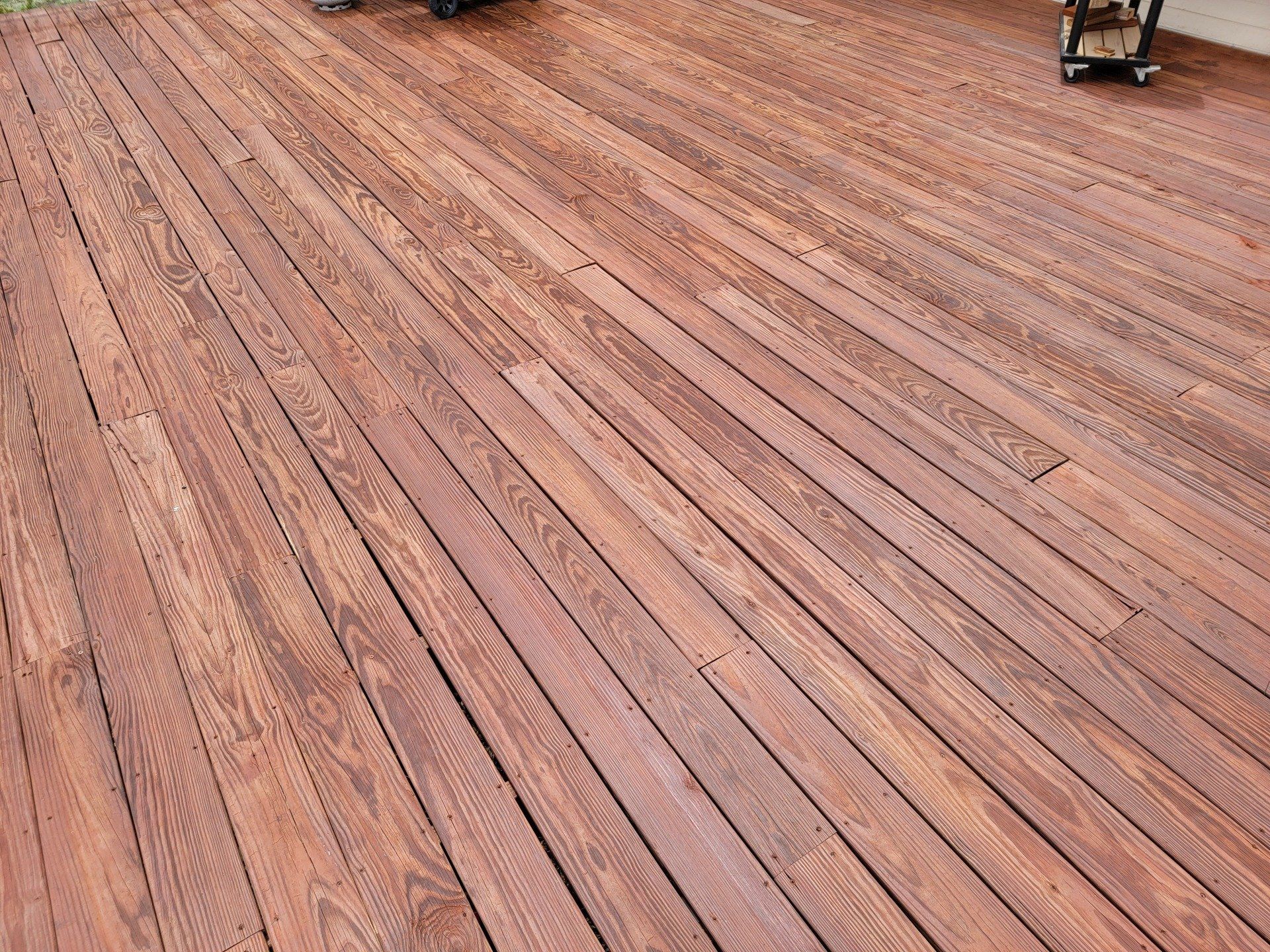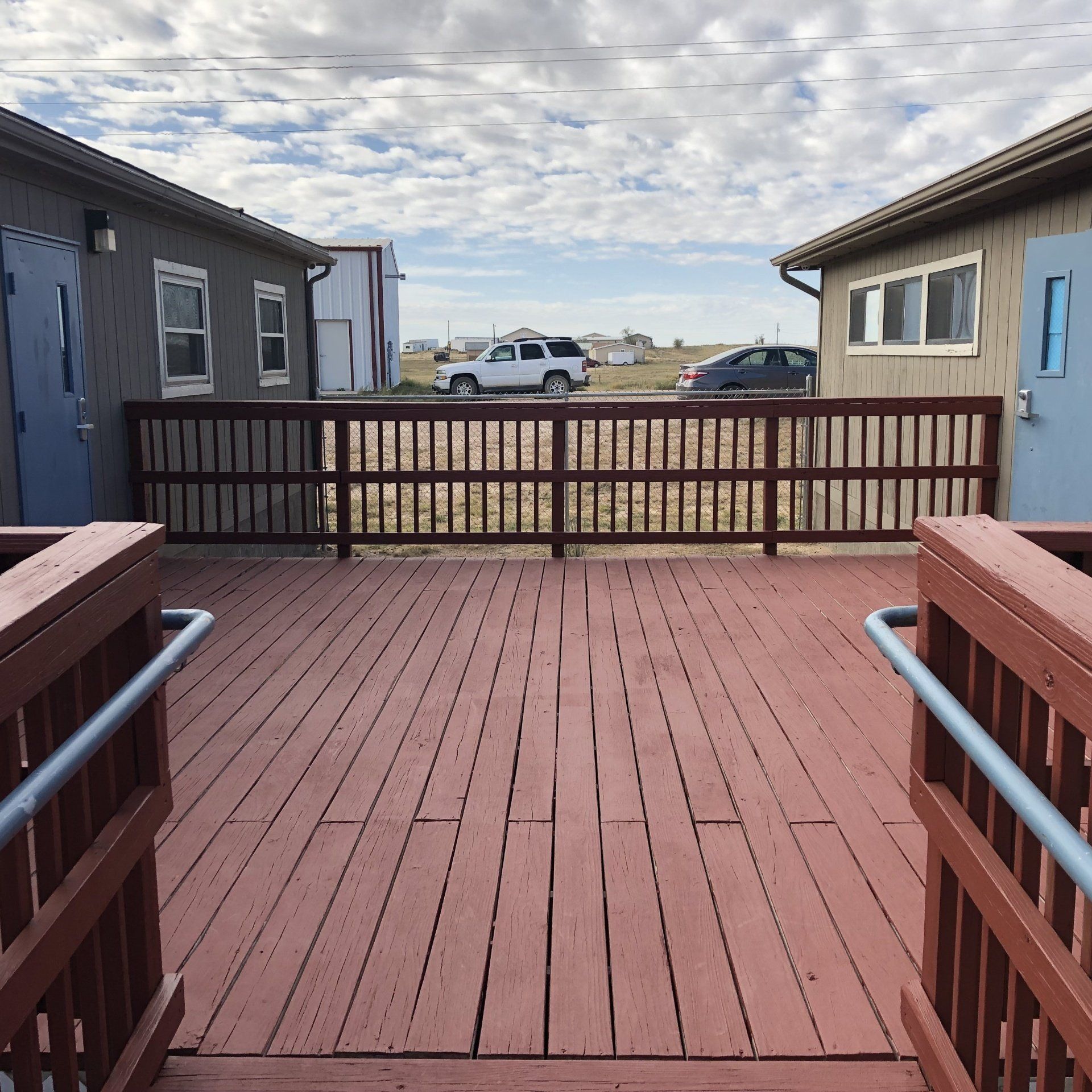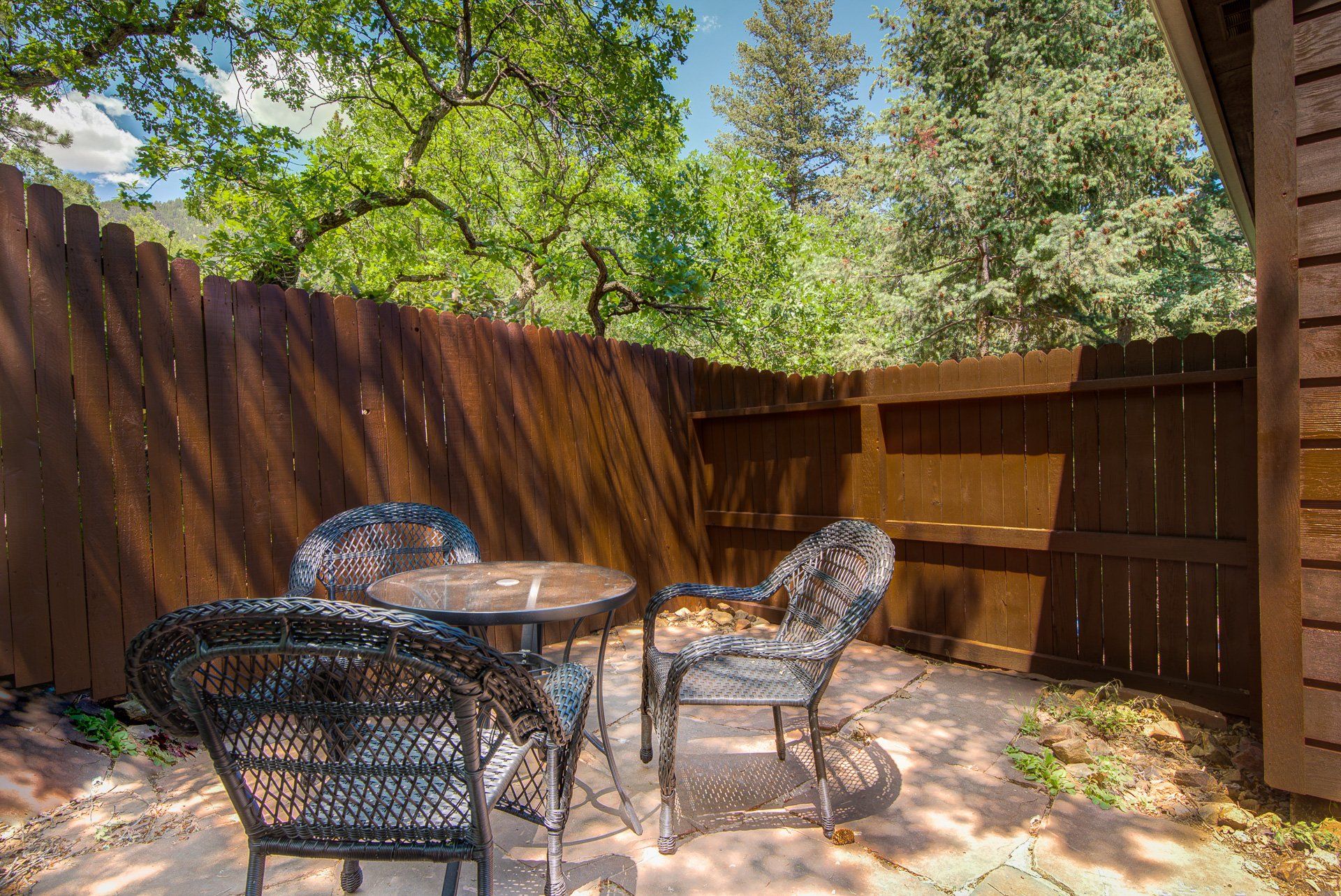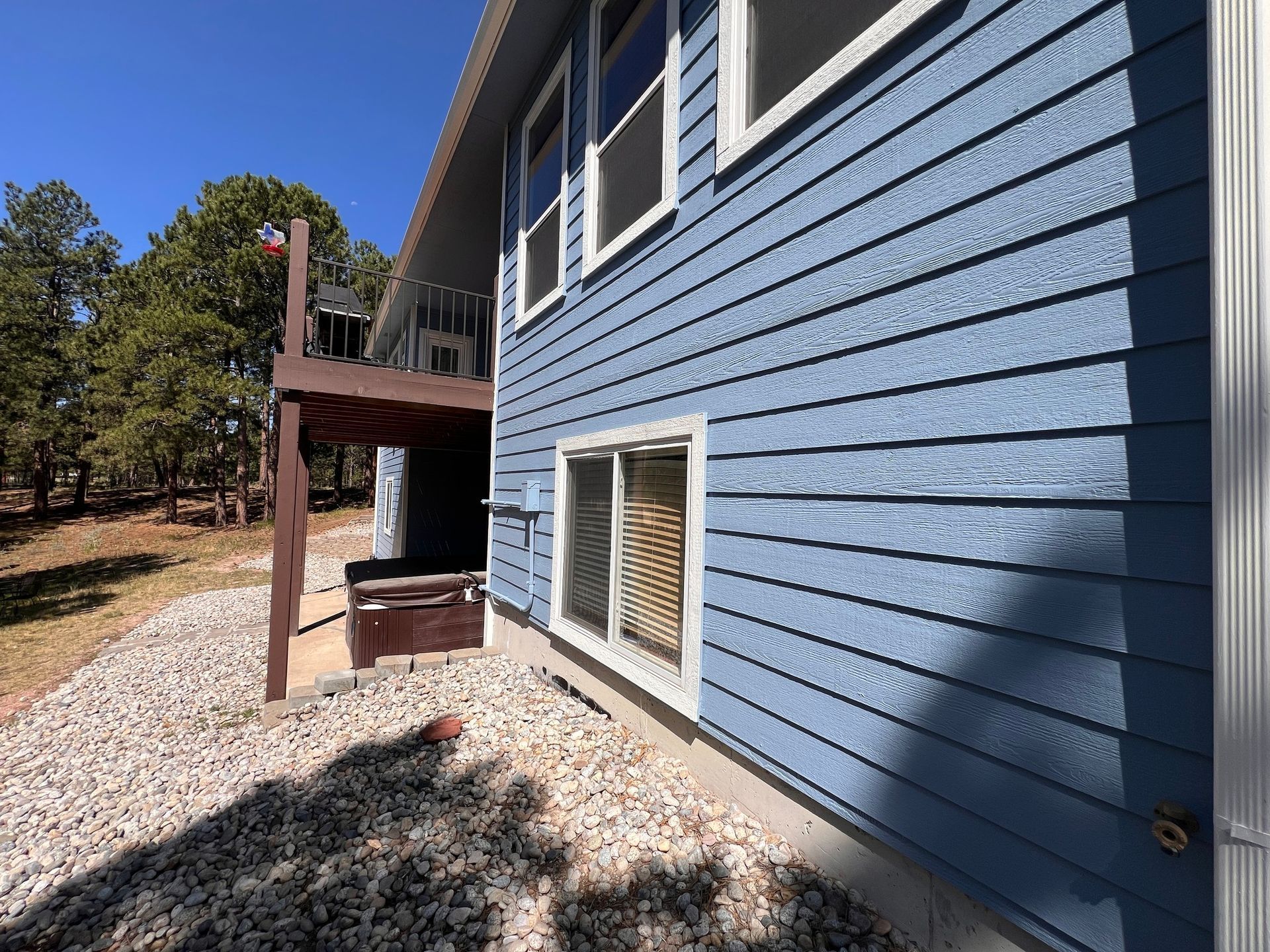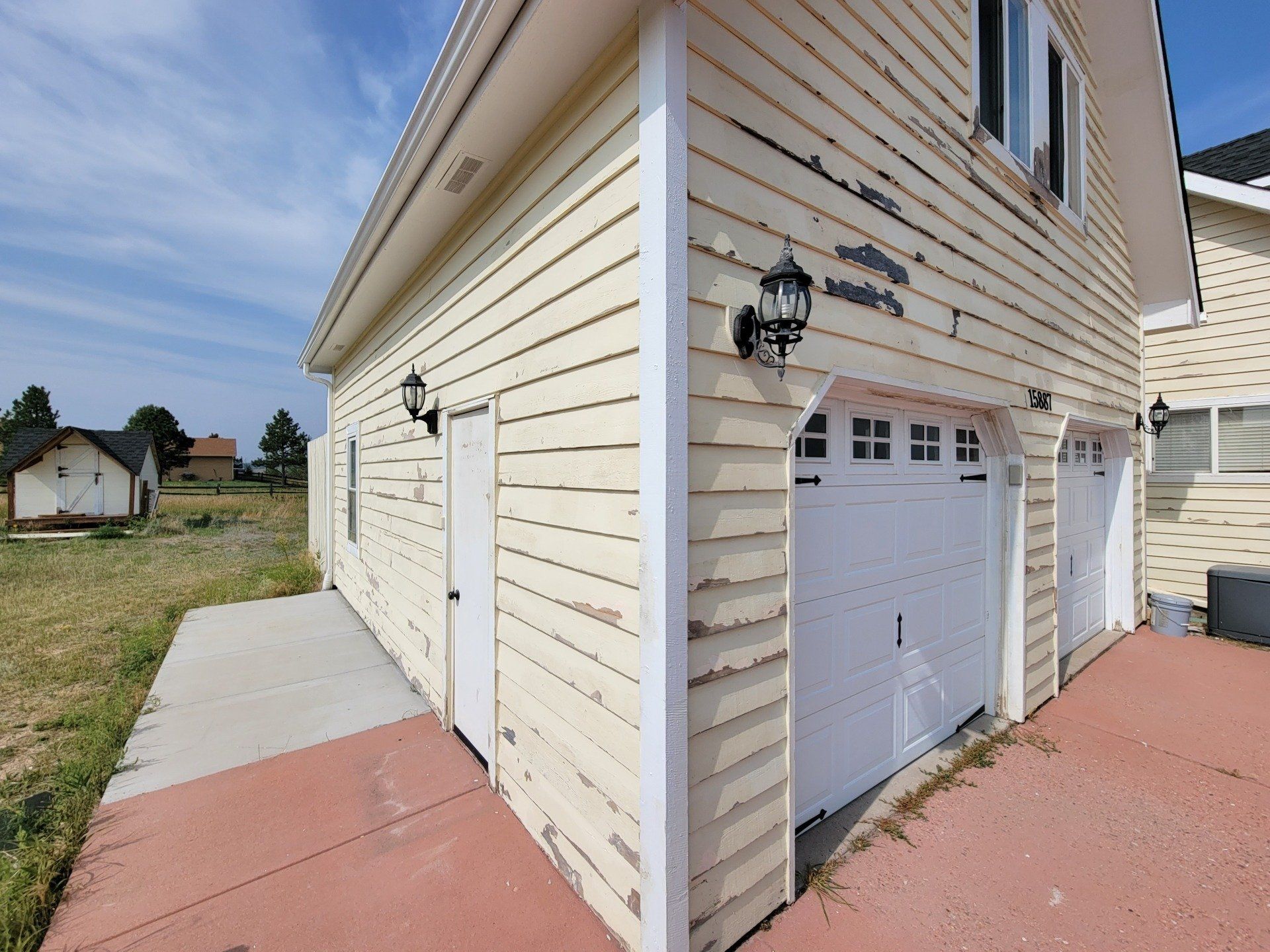Transparent Stain has the most minimal amount of protection possible with a stain. It has the least amount of pigmentation, but provides one of the best visual appearances for new or raw wood because it maintains grain clarity very well. This is used a lot on fences, decks, soffits, and pergolas, but not really much on wood siding. It is mostly used on finer wood species. Ideally this type of stain should be recoated every 1-2 years depending on the base used.
Selecting the right stain for your exterior staining project
Exterior wood surfaces need to be protected from harsh Colorado elements with a sealer, or stain and sealer, and understanding how to select the right stain is of utmost importance. They need to have the ability to resist any elemental damage that can be thrown at them, otherwise, the wood will oxidize, burn, crack, and/or rot.
It is highly recommended to keep up on staining maintenance every one to five years. If this is not followed you risk degrading the wood and immensely paying out of pocket for costly repairs. These repairs WILL be much more expensive than typical composite siding - guaranteed.
Always remember to call Front Range Painters if you are ever in doubt and we will come out to give you a full assessment of your staining project. Do not rely on Google to do the assessment for you!
Types of stain
To select right stain, it's important to understand that exterior wood stains can be categorized into four groups. The more pigment you add, the better longevity you will achieve at the cost of reducing the wood’s natural appearance.
Types of Bases
Oil-based stains are typically a combination of alkyd resins, linseed oil and/or tung oil, and UV stabilizers for better longevity of the substrate. Oil based stains are the absolute best for fresh or raw wood as they have great penetrating capabilities to really protect the wood from the inside.
Oil based stains also have a tendency to be more even in color and appearance, which is why we highly recommend them for transparent and semi-transparent applications.
Be careful, however, as these products are hazardous and flammable. They are also difficult to apply if you are not familiar with applying oil-based stains. Oil based stains tend to fade when they are starting to reach the end of their lifespan. Here is an example of a poorly maintained deck that was never sealed and oxidized really badly. We treated it and fully protected it with a UV protectant stain that we love to use.
Water-based stains are typically a combination of acrylic or latex resins, stabilizers and pigments. These stains are kind of similar to house paints, but these products are much thinner. Any water-based product typically dries very quickly forming a protective film on the surface that primarily rests on the surface like a paint. There is slight penetration with water-based products but nowhere near as much as oil-based products. When water-based products begin to fail you will see chipping and cracking like with regular house paints.
Another choice is oil-based hybrid stains, which is what we prefer to use for semi-solid and solid applications. They are a combination of a penetrating oil base along with water components for easy clean up. Trust us; they work!
Remember that a good exterior stain provides more than just aesthetics
- It seals the wood allowing it to resist water absorption that causes warping, splitting and cracking. This is very important if you have more expensive wood such as alder, oak, or other fine species of wood that you don’t want to waste your money on having purchased.
- It prevents oxidation and UV damage.
- It prevents rot and provides mildew resistance. Many manufactures also include wood preservatives in more premium cans of stain to further prevent these issues.
Based on their high-quality products, Front Range Painters recommends Sherwin-Williams for your exterior staining needs.
One point that we hope is clear at this point - when you have to select the right stain for your project, you first have to decide on your goal, and then select the best stain to achieve that goal. At Front Range Painters, we are here to help you with the process from beginning to end. We encourage you to visit wood staining in Colorado Springs for more information.


